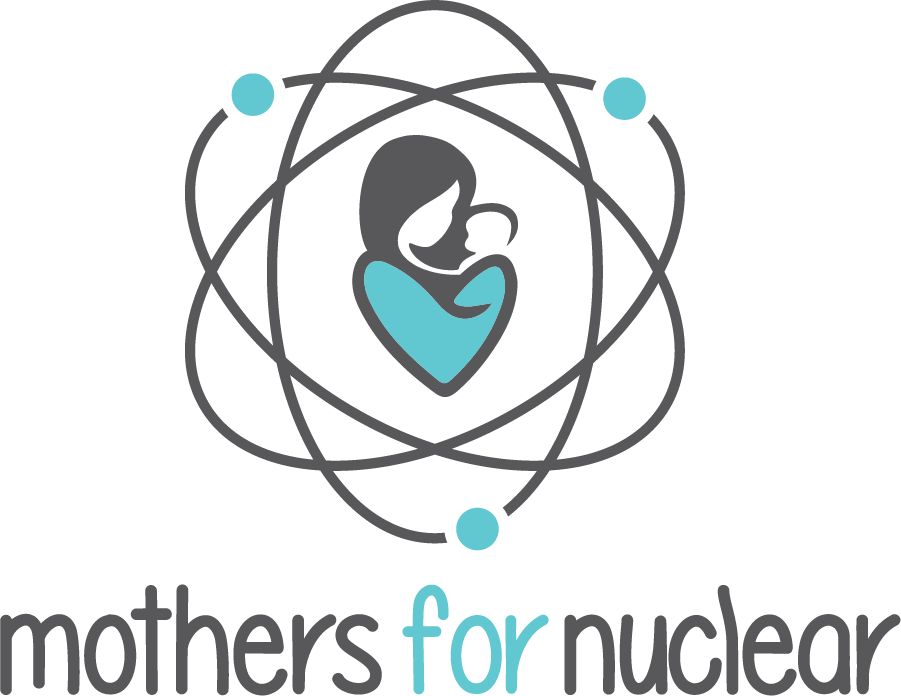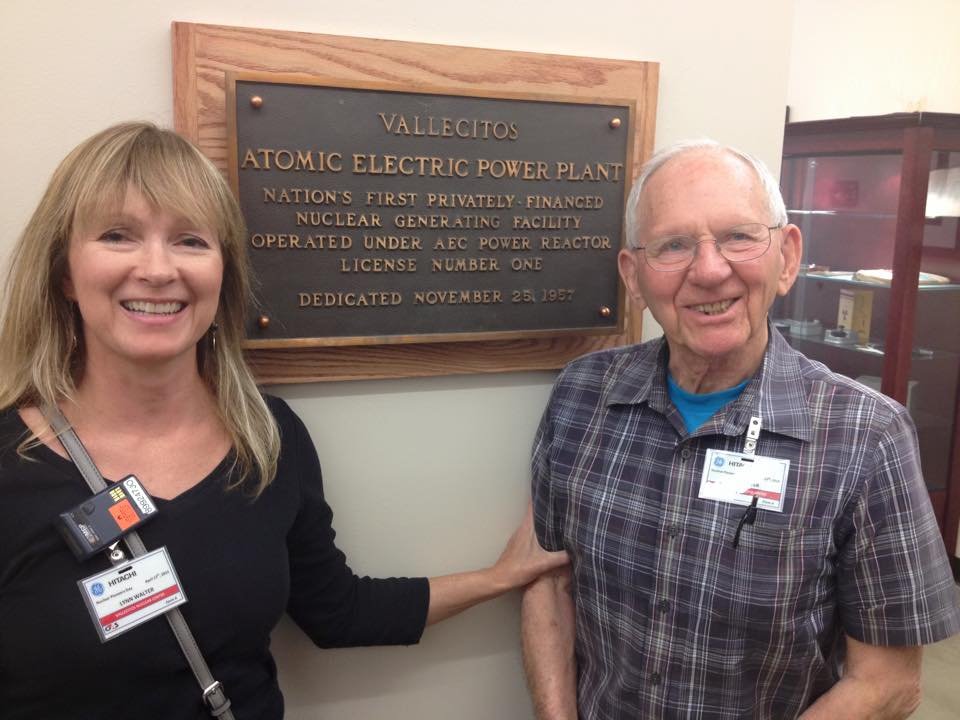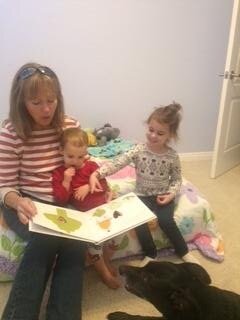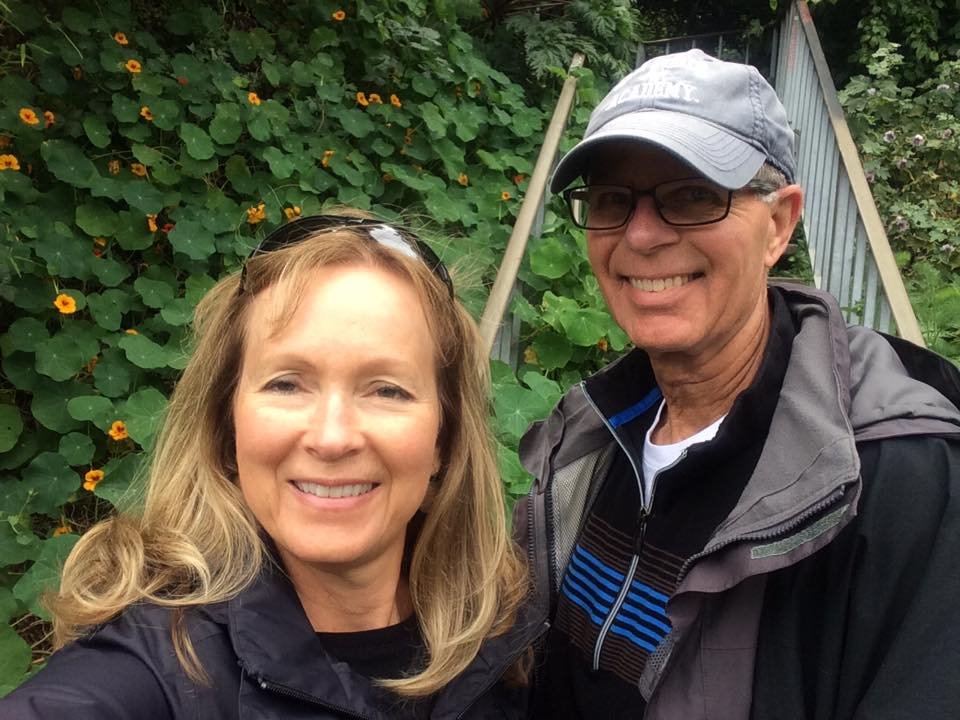Lynn Walter
I have lived in California for all six decades of my life. My small footpath through this big universe has painted a life with many joys, discoveries, and personal glimpses of a changing climate along different times and places.
My path begins in the 1950’s during the hot summertime of the Amador-Livermore Valley, an eastern outpost from the San Francisco Bay Area. Dorothea Lange snapped pictures of this valley during her work with the Farm Security Administration in the 1940’s and 50’s. She recorded images of a mostly barren land containing ranches and some small farms, famously captured in her iconic image of a migrant mother in Nipomo. Today the Valley contains three small cities: Livermore, Pleasanton, and Dublin.
The Valley was home to Lawrence Radiation and Sandia National Laboratories. These labs were associated with the arms race during the cold war, bomb design, nuclear propelled missiles, airplanes, rockets, and fusion and laser experiments and research. My father had a master’s degree in nuclear engineering from UC Berkeley and worked for many years at the Lawrence Radiation Laboratory. Everyone in the Valley, it seemed, was associated with these labs, either as a worker or as family of a worker.
Lawrence Livermore Laboratory today, Livermore, CA.
My father was a nuclear scientist and I was in awe of his intelligence, often wondering what secret projects he might be working on. I know now that building nuclear bombs took its toll on my dad and his colleagues. He and his fellow lab scientists were always thinking about using their knowledge to contribute in a positive way to society. Though they were constrained by the job market to do national security work, they often spoke about using the power of the atom for peaceful medical and clean energy generation. They were nuclear pioneers. They worked together with government agencies and companies such as General Electric to establish the first prototype nuclear power production facilities and eventually the first commercial nuclear power plants.
My house backed up to rolling hills and, beyond those, the back fence of the Vallecitos Reactor facility, which was the first privately owned and operated nuclear power plant to deliver significant quantities of electricity to a public utility grid. It was perfectly normal for my family to hike back in those hills, with views of the reactor domes.
Vallecitos reactor facility, behind the hills of my childhood home, Vallecitos Road, on the way to Livermore, CA.
Maybe because I grew up in that community surrounding the radiation laboratory, or maybe because my father and his fellow scientists came home each night looking perfectly normal, or maybe because my family hiked many times in the hills behind our house up to the property line at Vallecitos, I never developed a fear of nuclear energy. I didn’t like bombs, or war, but I am glad that my country had many scientists like my father to keep us secure during the cold war. And I am really glad that nuclear research and science advanced to the point of peaceful generation of emission-free power for a more prosperous world.
Yes, I lived in suburbia. If you want to see what it looked like in the era I grew up, check photographer Bill Owens’ book Suburbia (1973), whose pictures showed American suburban life in the town of Livermore, where he lived at the time. There was—and still is today—a lot of open space in the surrounding hills. We did a lot of hiking on those hills and among the precious ancient evergreen oak trees.
The hills surrounding Pleasanton, CA, with Pleasanton Ridge in the background.
When I grew up, beauty abounded in my Valley. The winter rain painted the hills surrounding Mount Diablo in a verdant and emerald swath. Rolling hills, country roads, old barns, fences, horses, and orchards provided the views and landscapes in my life. Traveling the back roads was our way of getting anywhere—the back roads were the roads.
I remember the first traffic light being installed in my home town of Pleasanton. I recall the acres of hops fields and tulle ponds (these flooded in the winter for excellent duck hunting) now covered with homes, industrial parks, and shopping centers. I recall riding to the City in the back seat—without seatbelts—along country roads until we arrived at Highway 50 (now Interstate 580) and a left turn across traffic took us to San Francisco. Sometimes my mother would pack us into the ’58 Chevy Impala and drive out to Greenville Road, where the “7 sisters” (hills that the road traversed) provided a thrill ride somewhat akin to a roller coaster. This road has since been flattened and made safer—but certainly less fun.
Vasco Road green energy corridor, Livermore, CA.
I liked the occasional farmer’s windmill that we glimpsed on drives out of town. Today, however, there are many windmills dotting this same land. And they are huge! They cover much of the earth that, in my early memories, was pristine and natural. I am not sure that I like that—it takes a lot of large windmills to make enough power to provide for our current (and ever-growing) societal need for electricity.
Today the Valley floor is a sprawling conglomeration of 3 cities with a lot of crisscrossing interstates and cars, cars, cars.
Interstate 580 from Dublin towards Pleasanton with BART and light freeway traffic.
As I mentioned in the beginning—the Amador-Livermore Valley was hot in the summer! We didn’t have air conditioning but survived without it quite easily. The summer nights provided cool breezes flowing from the San Francisco Bay, which we used to exchange with the warmer air in our homes. As soon as the sun went down, my mother opened all the windows of the house to receive the cooling breeze. Trees planted around the homes grew tall over the years, providing shaded retreats in our backyards and protecting our homes from the fierce heat. In the morning, before the temperatures rose above comfortable, my mother closed up the house to insulate the inside air from the hot day. My parents lived for more than 50 years using this technique. But things changed. The climate warmed, just a bit, raising the average temperature over the decades. Moreover, the cool night breezes that had previously been generated over a cool ocean became warmer. Without the cool, breezy nights to exchange with the inside house temperatures, my parents found they could no longer naturally cool their house. Since they had gotten older, they were more at risk of health issues due to the heat, and after the 2006 “heat storm,” which was the final straw, they broke down and installed air conditioning.
I currently live with my husband in Avila Beach (in a house that is not air-conditioned), where we moved 15 years ago. At first, during heat waves, I used the same techniques to manage the inside house temperatures that I had used all my life. But in the last handful of recent years, the nighttime temperatures during these heat waves now make this low-energy option impossible. Now we are getting bids to install an air conditioner in our home. So are many of my neighbors and friends in the area.
Abalone was a meaningful part of my life. My dad and his buddies were enthusiastic “free divers” (it is illegal to take an abalone with a tank—nor can you wait for a super low tide and walk along the shore and pick abalone off the rocks). My dad’s buddies and their families always camped together along the coast from as far south as Baja California and as far north as Fort Bragg, California. We camped at various beaches, spending the day around the tide pools and learning about the flora and fauna. We helped with the day’s catch, cleaning and tenderizing the abalone. Abalones were large and plentiful, and my father and his friends always followed the limits for fishermen, which at the time were 5 abalone a day per diver. They had “ab irons” that were used to pry the fiercely suctioned abalone from the rocks. The iron had a gauge marked for the minimum legal size of the abalone so that they could measure the abalone while underwater before they disturbed the animal. We cooked these delicious fresh bites with garlic and butter in a cast-iron skillet placed over a campfire. During these childhood adventures I learned to respect the living creatures in the tide pools and the importance of treading carefully in the land and sea.
Unfortunately today, abalones are threatened with extinction due to commercial overfishing, sea otter predators, and the acidification of oceans from carbon dioxide, which harms the abalone shell.
The climate has changed and I have observed this change in the course of my life. I have just mentioned a few examples: the California abalone, the gigantic windmills installed atop the surrounding verdant hills of my hometown, and the very real climate challenge of dealing with warmer and warmer days and years. Now I worry that our society, through a politicized energy policy, is not effectively turning the tide of our human contribution to this climate change. Because, obviously, we have a growing population and a larger-than-ever need for electricity. Also if we are to significantly clean up our air, we need to electrify our transportation system—which means an even greater need for emission-free electric energy!
In college I studied mechanical engineering with an emphasis on energy and power systems. I learned about the theoretical physics of thermal power cycles, designs for gas turbine engines, and mathematical models for fluid flow. I never learned about the environment or how engineering can be applied to improve environmental impacts. This was something I was lucky to learn about on the job!
After graduating from UC Davis with my head full of theory, I inadvertently embarked on a 37-year career in nuclear power generation. Along the way I came to know nuclear power as clean and amazing for the environment, while also producing huge quantities of reliable electricity.
I like to think of my career as a play with three acts. The first act was my work with a prominent architect- engineering company, where my job was to design nuclear power plants. From our designs and drawings, the constructor built the plants to our specifications. Act 2 was working for a small nuclear services company, where my job was to provide calculations, reports, and products that were needed by nuclear utilities that were either operating nuclear plants or soon to be operating plants. Many new government regulations made it difficult for nuclear plant owners to develop the paperwork to legally operate with their existing workforce. That is where our company became useful to get over the regulatory hurdles. The final act was a job for an electric utility, where my job was working in an actual operating nuclear power plant.
Here is a picture of myself (on the left) and two other plant maintenance workers as we worked inside one of the Diablo Canyon Reactor Containment buildings while the plant was at 100% power. It took us 4 hours to do the work, during which we were monitored for radiation and tested for heat stress—104 degrees. We each received less than 1 millirem of radiation—in comparison, during a trip across the country in an airplane, you will sometimes receive 100–300 times that amount.
One should always have fun at work. And I enjoyed my work and the wonderful people that worked there with me. We worked safely and our primary concern was the safety of each other and the communities we live in. I don’t want to just work and live for myself alone. I have broader concerns and considerations than that. I—like most people—want my work to reflect my values of environmental preservation for now and for our future generations.
As I watch and play with my two sweet granddaughters, I promise myself that I will continue to do all that I can to protect the environment for them—so they can enjoy the outdoors, breathe clean air, know that their future is safe from catastrophic climate change.
I have always been hopeful for peaceful uses of the atom—specifically, that nuclear fission would be used for improving the environment we live in. The nuclear plants that provide clean energy today are of a design vintage that was developed before I was born and during my first decade of life. Now there are so many promising startups that are trying to commercialize even better designs. These designs have solved several issues related to cooling and waste, while employing absolutely fail-safe designs. New nuclear plant designs now are being designed to fit into a grid that has a lot of intermittent power from wind and solar. These designs are a few years away from actual deployment.
Meanwhile, it is alarming to me that decisions are being made by utilities, plant owners, and state governments to shut down perfectly safe and well-run nuclear plants that generate a considerable amount of electricity without any emissions! I look at the statistics from Germany, where they have decided to completely divorce themselves from nuclear power, and their greenhouse gas emissions have grown. And even in my own native state of California, emissions are increasing due to the loss of nuclear power plants. So I am standing with Mothers for Nuclear. I want to have discussions with people in my state, country, and world to find out their concerns about the environment and nuclear power and to help them feel more comfortable with this amazing technology that offers us so much benefit.









